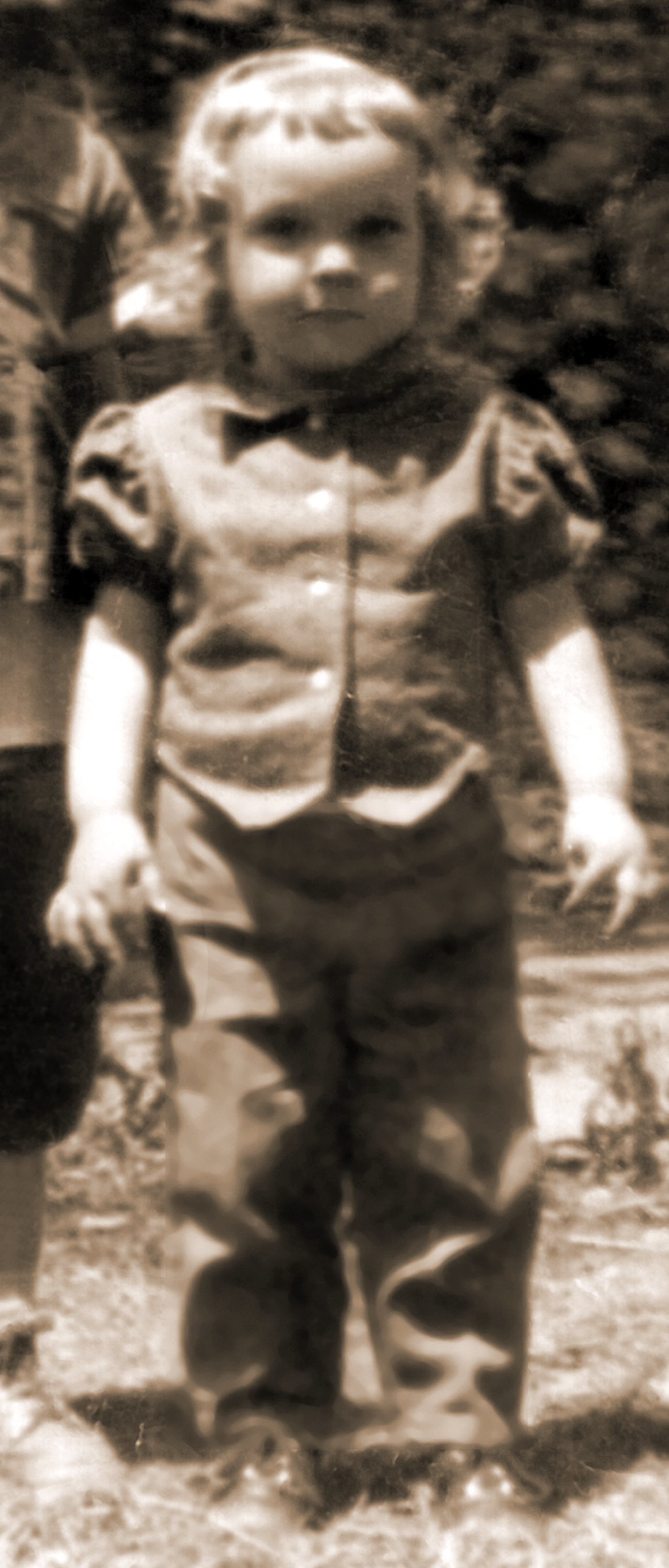 My early contact with Christianity included some significant elements in my grandparents’ house. They lived in a duplex in a small town in Pennsylvania. My mother, with eight sisters and one brother grew up in that house. Across the street from the house was a huge parking lot covered in black gritty gravel, like coal-dust. Boy, could a bunch of kids get dirty in that parking lot!
My early contact with Christianity included some significant elements in my grandparents’ house. They lived in a duplex in a small town in Pennsylvania. My mother, with eight sisters and one brother grew up in that house. Across the street from the house was a huge parking lot covered in black gritty gravel, like coal-dust. Boy, could a bunch of kids get dirty in that parking lot!
In the living room, there was a gas-powered furnace, the old-fashioned kind where you can see the flames inside it when you turn it on. It gave the house a slight smell all the time. In that room, there was a crucifix hanging on the wall. To my child-sized body that crucifix seemed huge.
To be honest, I can’t remember if it was a painting of a crucifix, or a sculpture of a crucifix. I only know that it seemed scary. I knew that it was Jesus, dying on the cross. In the upstairs bedroom, where I slept with my sisters when we spent the night, there was a sign that said, “For God so loved the world that he gave his only-begotten Son, that whosoever believeth in him shall not perish, but shall have everlasting life.” John 3:16.
I have it memorized in the King James translation from that childhood image in my grandmother’s house. It is from the Gospel According to John. That sign, that verse, and that crucifix had a powerful impact on me as a child. In the living-room, Jesus was clearly perishing, being “given” by his father, God. And in the bedroom, I saw that if I believed in him, I would not perish.
This “believing” seemed to be the work that I needed to do so that I could be saved. But how could I do that? What exactly did I have to believe? And how could I bring myself to believe it?
 When I was about 10-12 years old, I remember the minister from our church coming to visit us at our home. After talking with my parents for awhile, he came to talk with me. He asked me if I was a Christian, and I asked him my question: What did I have to believe to be a Christian?
When I was about 10-12 years old, I remember the minister from our church coming to visit us at our home. After talking with my parents for awhile, he came to talk with me. He asked me if I was a Christian, and I asked him my question: What did I have to believe to be a Christian?
I think that was probably my first theological argument, and I think I probably backed him into a corner. But I kept pushing for a bottom line, “but what do I have to believe?” Finally, he said something along the lines of believing that Jesus died on the cross to pay for my sins so that I would be saved.
Well, I told him, then I guess I’m not Christian. What he said made no sense to me. Why would someone else’s death have anything to do with what I did? None of it meant anything to me as a twelve year-old. I couldn’t intellectually understand it and I didn’t have any experience of relationship with Jesus.
And the minister left. Maybe I would do the same thing if I encountered my 12 year-old self. I try to have compassion for him in retrospect. At the time, I just took his departure as confirmation that I was not a Christian, even though I had been brought up in a Christian home.
His definition of Christianity was based on agreeing with a list of ideas about Jesus, and I engaged with him on his own terms about this. It wasn’t until years later that I came to a different understanding of Christianity as an act of following the Way of Jesus, a way of life based in strong compassion and commitment to justice.
For a long time, close to 20 years, I did not think of myself as a Christian because of what that minister taught me. But now I believe that I was always culturally Christian. It just took a while to become spiritually Christian, and to embrace that name for myself.
Read part 2: Re-Claiming Christianity
One comment
Comments are closed.